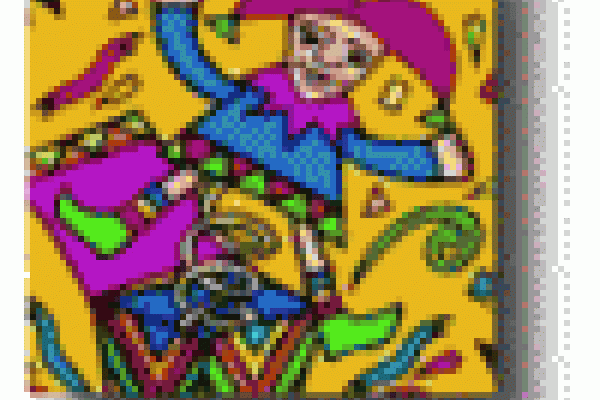News story

Love's a gamble
Mathematicians in search of romantic success
What tactics should a soccer player use when taking a penalty kick? And what can the goalkeeper do to foil his plans? John Haigh uses Game Theory to find the answers, and looks at his World Cup predictions from last issue.
Steven J. Brams uses the Cuban missile crisis to illustrate the Theory of Moves, which is not just an abstract mathematical model but one that mirrors the real-life choices, and underlying thinking, of flesh-and-blood decision makers.
